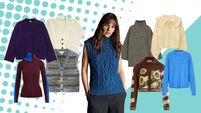One man’s trash is another man’s treasure - inside the multi-billion euro men’s resale market


If you visit Grailed, the secondhand online men’s fashion marketplace, for $50,000, you can own a Raf Simons MA-1 camouflage bomber jacket, a reversible style with a highlighter orange interior.







